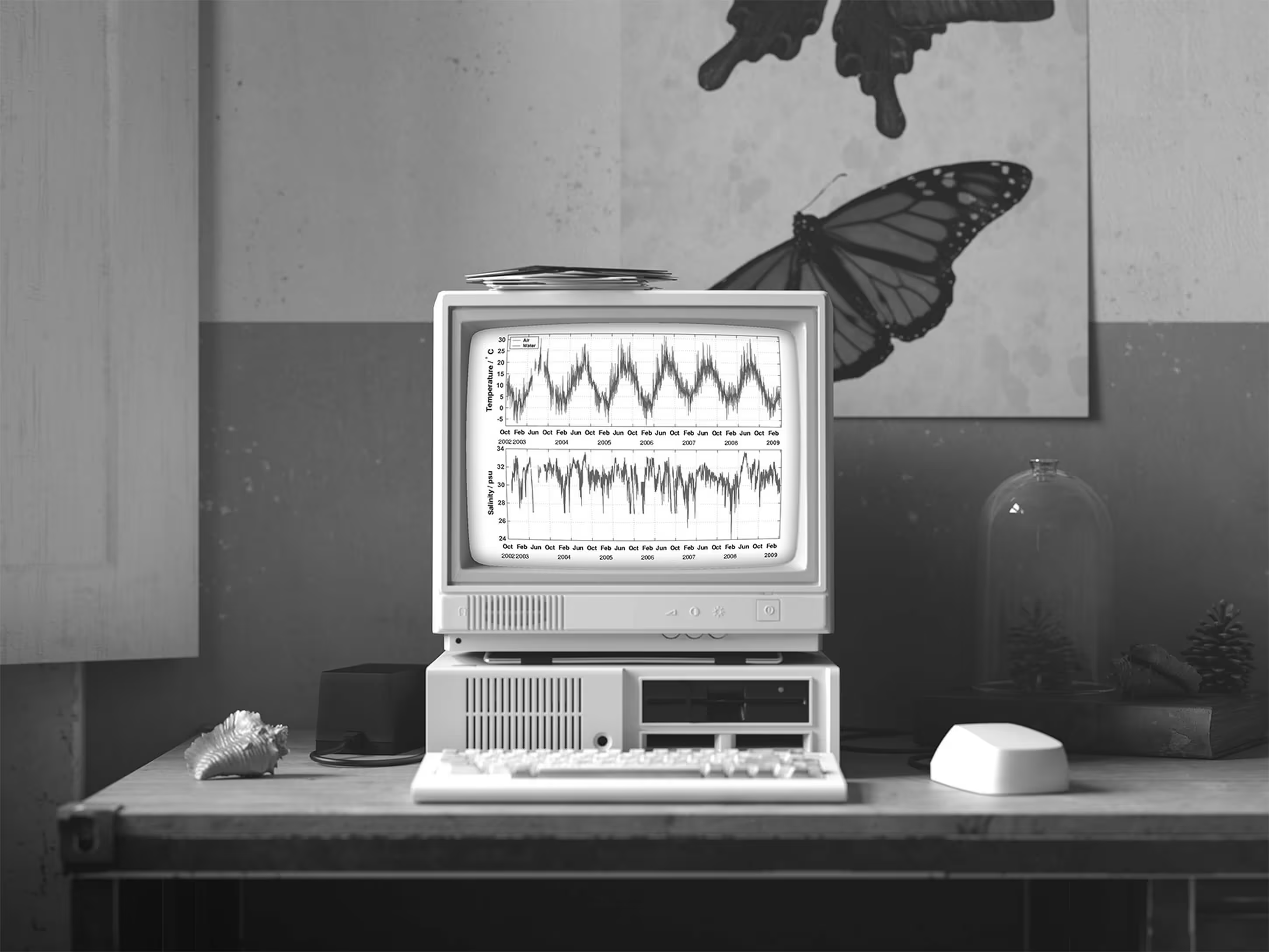Causal discovery in finance
Detecting Structural Breaks in Time Series Data with Adia Lab

Background
Financial institutions and research labs rely heavily on time series models to forecast risk, volatility, and market dynamics. But these models can fail when the rules suddenly change. Such shifts, known as structural breaks, are abrupt changes in the underlying process generating the data.
- In finance, a regime change can render entire risk models obsolete.
- In industry, unusual sensor readings may signal looming equipment failure.
- In climate research, a sudden jump in temperature trends may warn of systemic anomalies.
- In healthcare, subtle shifts in patient vitals can mean the difference between stability and crisis.
Despite their importance, structural breaks are often overlooked or poorly detected by traditional models. Detecting them early is one of the hardest problems in time series forecasting and one with enormous real-world consequences.
The Challenge
To address this, ADIA Lab partnered with Crunch and designed the Structural Break Challenge, with guidance from leading researchers including Prof. Marcos López de Prado, Prof. Alex Lipton, and Dr. Horst Simon.
The goal: build models capable of detecting whether a structural break occurred at a specified point in tens of thousands of synthetic time series, each containing 2,000–5,000 data points.
The competition opened to CrunchDAO’s decentralized community of 10,000+ ML engineers and 1,200+ PhDs. By reframing a high-stakes research problem as a global competition, ADIA Lab gained access to unprecedented diversity in modeling approaches.
- Prize Pool: $100,000
- Top Prize: $40,000
- Evaluation Metric: ROC AUC, the gold standard for detection accuracy
By aggregating these insights, we were able to demonstrate how collective intelligence consistently outperforms siloed, in-house teams.
Solution
Thousands of participants submitted models over the course of the challenge. Approaches ranged from classic statistical tests like distribution comparisons to advanced pipelines powered by deep learning and dynamic model retraining.
Instead of relying on one team’s perspective, our decentralized format encouraged diverse, parallel experimentation. Each participant attacked the problem from a unique angle, generating an ecosystem of solutions rather than a single approach.
This produced several measurable outcomes:
- 30,000+ time series analyzed
- Thousands of model submissions from quants, academics, and data scientists
- Double-digit accuracy improvements compared to baseline detection methods
By aggregating these insights, we were able to demonstrate how collective intelligence consistently outperforms siloed, in-house teams.

This competition really is a prime example of how we are bringing in climate experts with data scientists to really find new relationships and feedbacks in the climate systems that we have not studied before.
Impact
For ADIA Lab, the challenge delivered more than winning algorithms. It opened up new ways of thinking about structural breaks and how they can be tackled across different domains. The competition showed that decentralized communities bring forward creative approaches that traditional teams often overlook.
For CrunchDAO, it was further proof that collective intelligence works at scale. The Structural Break Challenge demonstrated how distributing complex problems to thousands of contributors can unlock breakthroughs no single institution could achieve alone.
Conclusion
As markets, industries, and societies face increasing uncertainty, the ability to spot the moment everything changes is becoming a decisive advantage. By working with CrunchDAO, ADIA Lab tapped into a decentralized research network that transforms complex forecasting problems into collective progress.
The Structural Break Challenge is proof that the future of predictive modeling lies not in closed systems, but in the collective power of thousands working together.

